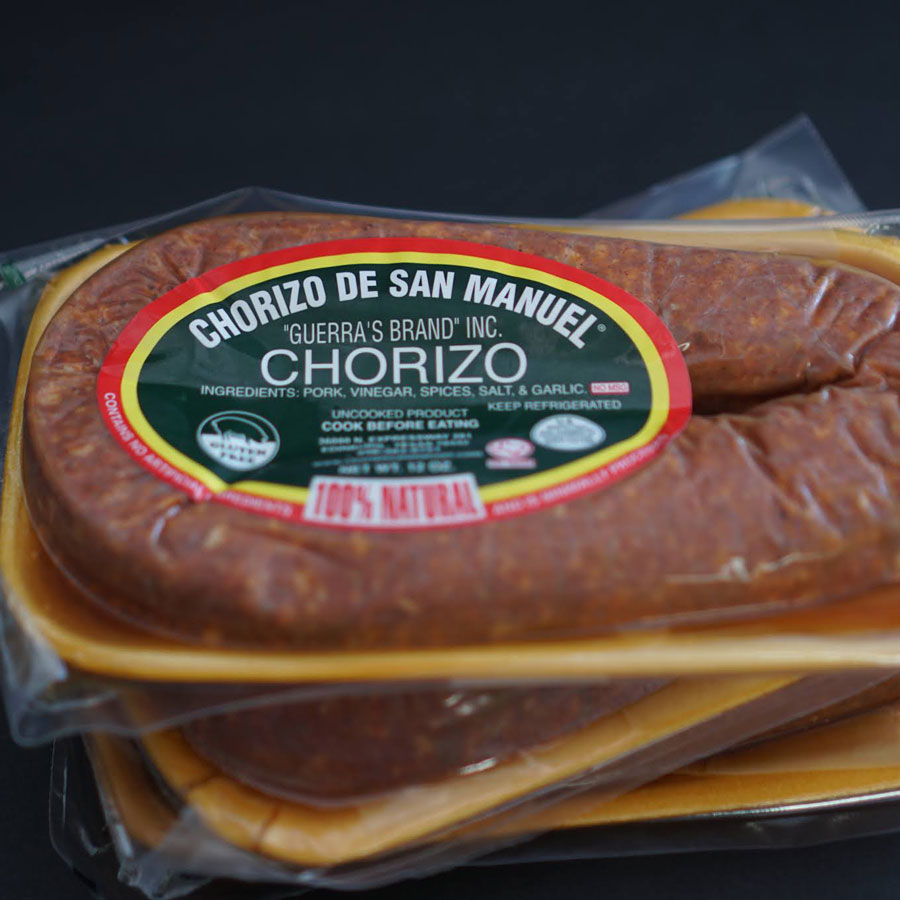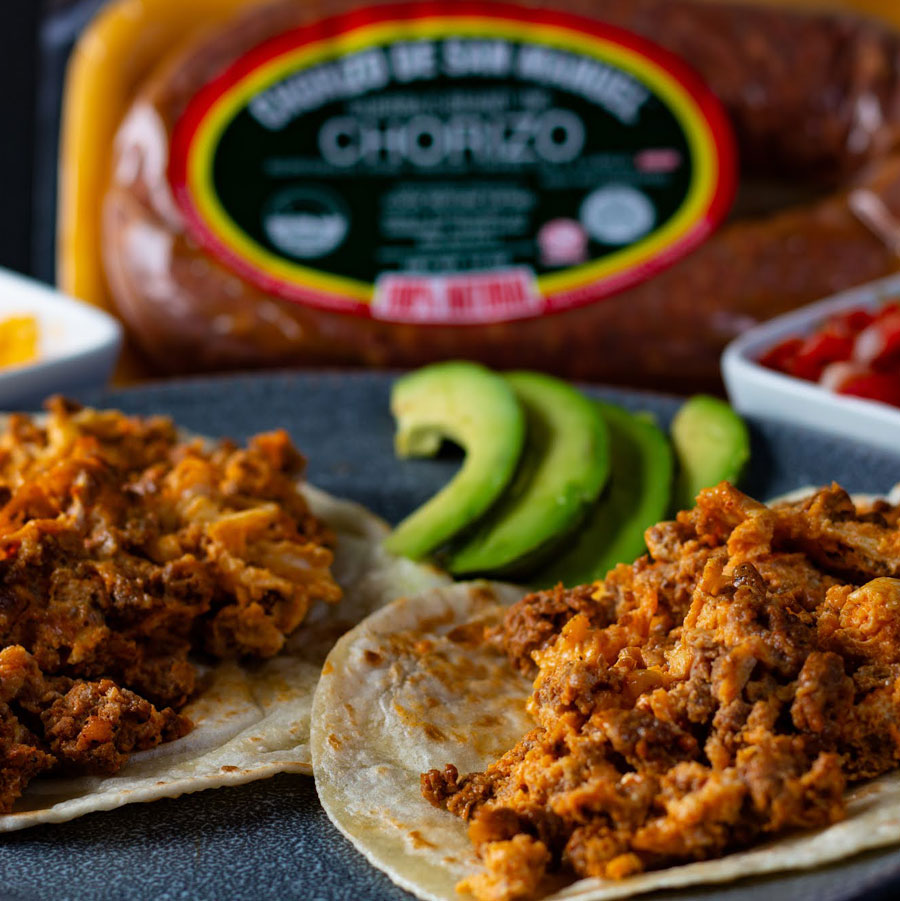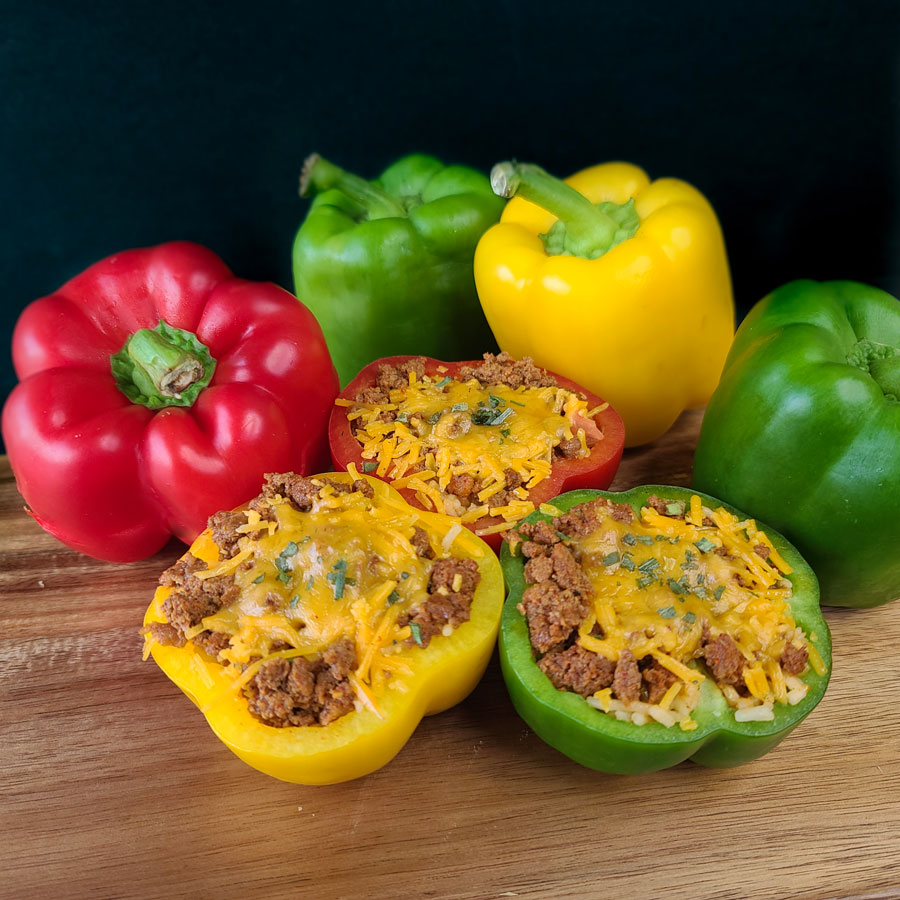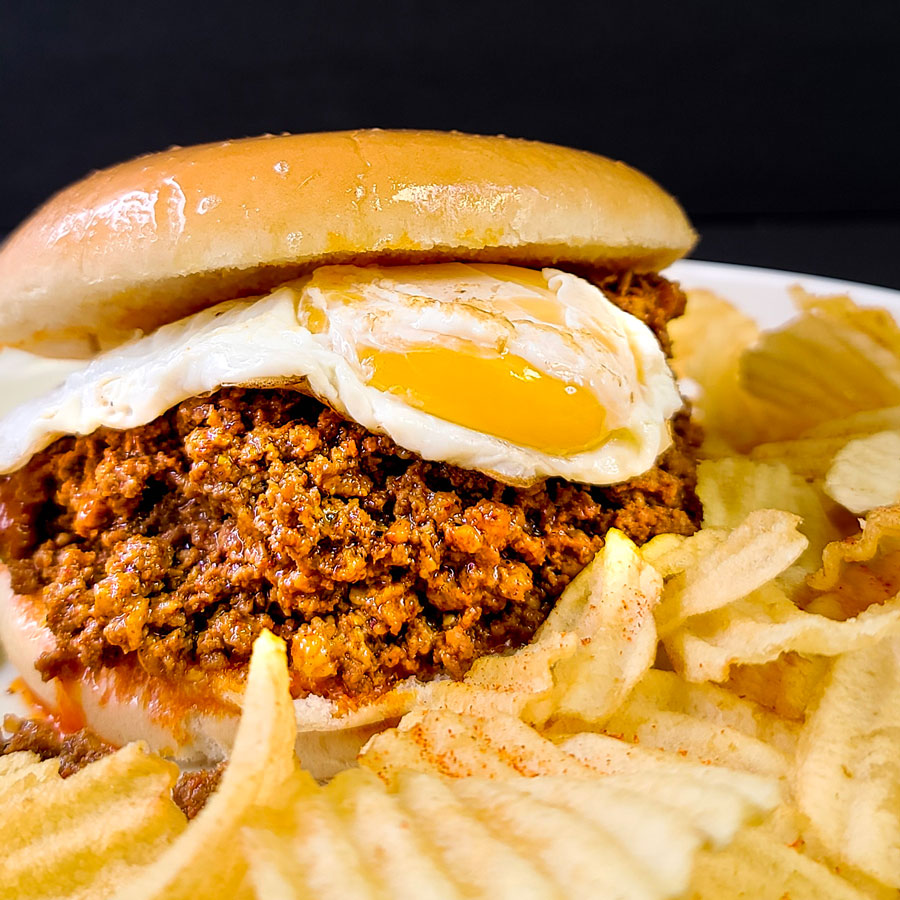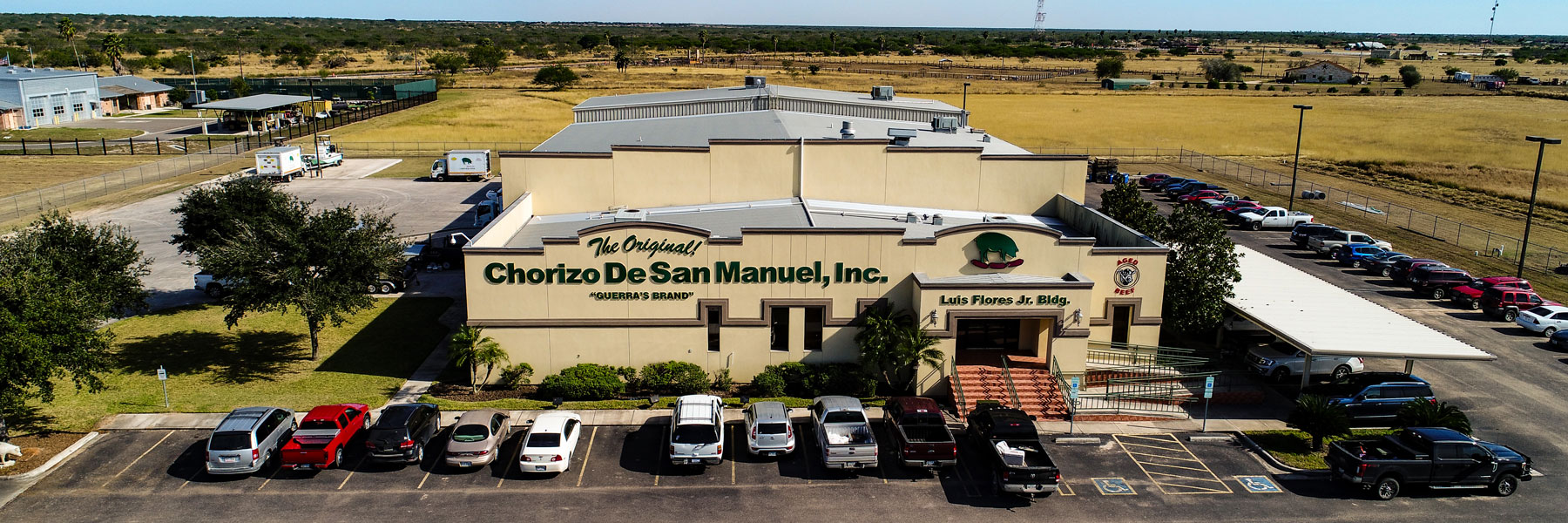
If you’re from the Rio Grande Valley, then you know that chorizo is oftentimes a part of everyday life. It’s the meaty kick that makes your breakfast tacos one of the best things about your day. And sometimes it even graces your charro beans with its spicy delight!
But, while it’s easy to assume chorizo is just another delectable Mexican tradition that made its way to Texas, it’s important to understand that it’s so much more than that. It’s origins, history, and uses are vast, and Chorizo de San Manuel is proud to share it all with you! We’ll be answering that age-old question: what is chorizo?
Its Origins
Much like the many things that are popular in the “new world,” chorizo originated in the Iberian Peninsula, which mainly composes Spain and Portugal. While it’s known as chorizo in the Spanish language, there are distinct variations in spelling and pronunciation between Iberian languages:
- Chorizu – Astur-Leonese
- Txorizo – Basque
- Xoriço – Catalan
- Chourizo – Galician
In Spain, chorizo is generally composed of chopped pork and pork fat seasoned with garlic, salt, and pimentón, a type of smoked paprika. Additional ingredients and smoking (or non-smoking) processes vary depending on the region. Whatever the case, chorizos are often considered spicy or sweet, depending on the type of paprika used.
In Portugal, chorizo, or chouriço, is also made with pork, pork fat, garlic, salt, and paprika. However, wine, hot peppers, and a smoking process are generally part of the Portuguese sausage as well. Much like its Spanish counterpart, Portuguese chorizo has variants depending on the region it’s made in.
Around the World
As you can imagine, a dish so popular and delectable was never going to stay in one place for long. Nowadays, chorizo can be found in Mexico, Central America, the Caribbean, South America, and even Asia!
Puerto Rico’s chorizo is very similar to the traditional Spanish sausage, while Salvadorean chorizo isn’t dried (fresh) and generally comes tied in twin sausages. Mexican chorizo is also commonly fresh, although there are some dried varieties as well. It can also be made from pork, beef, venison, chicken, turkey, and even vegan ingredients.
In South American countries, namely Argentina, Uruguay, Bolivia, Peru, Colombia, and Venezuela, coarse meat sausages are known as chorizo. However, some varieties, like the Argentine chorizo, are normally not spicy. In fact, chorizo closer to the Spanish variety is commonly known as chorizo Español.
South and Southeast Asian countries and regions like East Timor, Philippines and Goa, India have their own varieties of chorizo as well! Much like their American cousins, these sausages were introduced because of Spanish and Portuguese rule.
Worldwide Dishes
We may only be accustomed to chorizo and egg tacos, but chorizo dishes are plentiful around the world. Some may even surprise you! In Spain, chorizo is often sliced and eaten as an appetizer or prepared in sandwiches. It can also be grilled, fried, and baked with other foods. In Mexico, chorizo can be added to enchiladas and made into queso fundido, while in Puerto Rico, chorizo is a popular pizza topping!
In Argentina, chorizos are commonly found on the grill at asados and used in a variety of dishes in neighboring Brazil. One of the more common ones is known as feijoada, a stew made with beans, beef, and pork.
Delicious Chorizo Since 1975!
The history of Chorizo de San Manuel may not be as long as the history of our namesake product, but it’s just as rich and tasty! We hope we did a good job of answering that “What is chorizo?” question so many have. Our commitment to high-quality, delectable, and responsibly-made chorizo has been a staple of our company since 1975, and we plan to keep it that way!


